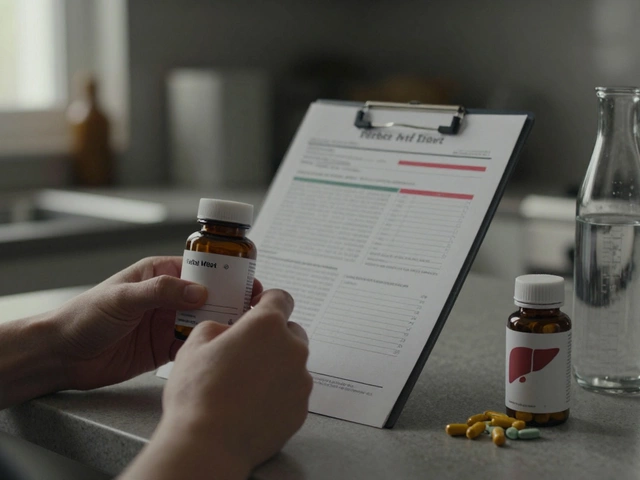Shoulder Surgery: What You Need to Know Before, During, and After the Procedure
When talking about Shoulder Surgery, a set of procedures that repair or replace damaged shoulder structures. Also known as shoulder operation, it aims to restore mobility and reduce pain. In the same breath, Orthopedic Surgery, the broader field that handles musculoskeletal injuries provides the medical backdrop, while Rotator Cuff Repair, a common technique that reattaches torn shoulder tendons and Shoulder Arthroscopy, a minimally invasive approach using a tiny camera are the two most talked‑about sub‑procedures. Finally, Physical Therapy, the structured rehab program that follows surgery determines how quickly you get back to daily life. Together these entities form a clear pathway: shoulder surgery encompasses rotator cuff repair, requires arthroscopic tools, and relies on post‑operative rehab to succeed.
Key Aspects of Shoulder Surgery
First, understand why doctors recommend surgery. Most patients face a torn rotator cuff, severe arthritis, or a dislocated joint that won’t heal with rest alone. The decision hinges on pain level, loss of function, and imaging results. If imaging shows a full‑thickness tear, a rotator cuff repair often restores strength better than conservative care. For arthritis, a shoulder replacement may be the only way to regain smooth motion. The choice of technique matters too: arthroscopy uses small incisions, leading to less scarring and faster early recovery, while an open procedure gives the surgeon a wider view for complex reconstructions.
Second, get familiar with the pre‑op checklist. Your surgeon will ask for a recent MRI, blood work, and a health history that includes diabetes or heart disease. Smoking? Stop at least two weeks before the date—studies show smokers face higher infection rates. Physical therapists will usually meet you before surgery to teach simple shoulder exercises that keep muscles active while you’re on crutches. Anesthesia options range from general to regional; a nerve block can numb the shoulder area and reduce opioid use afterward.
Third, the day of surgery isn’t as scary as it sounds. After a brief prep, you’ll lie on a padded table while the surgeon inserts a tiny camera through a keyhole. Real‑time video appears on a monitor, guiding the repair of torn tendons or the placement of a new joint surface. The whole process typically lasts one to two hours. Post‑op, you’ll wear a sling for comfort and to protect the repair. Pain medication is prescribed, but the goal is to wean off opioids quickly using NSAIDs and prescribed exercises.
Fourth, rehabilitation is where the magic happens. Physical therapy starts within a few days, focusing on gentle pendulum swings and passive range‑of‑motion stretches. By week three, you’ll begin active strengthening, targeting the deltoid and scapular muscles. Consistency is key—patients who follow their therapist’s plan see a 30% faster return to full function. Most people resume light household chores by six weeks, but heavy lifting may wait three to six months depending on the procedure.
Now that you have a roadmap, take a look at the articles below. They dive deeper into specific topics like rotator cuff repair techniques, how to manage swelling with medication, diet tips that support joint healing, and what to expect during each stage of post‑operative rehab. Whether you’re preparing for your first shoulder operation or supporting a loved one through recovery, the collection offers practical advice you can act on right away.






